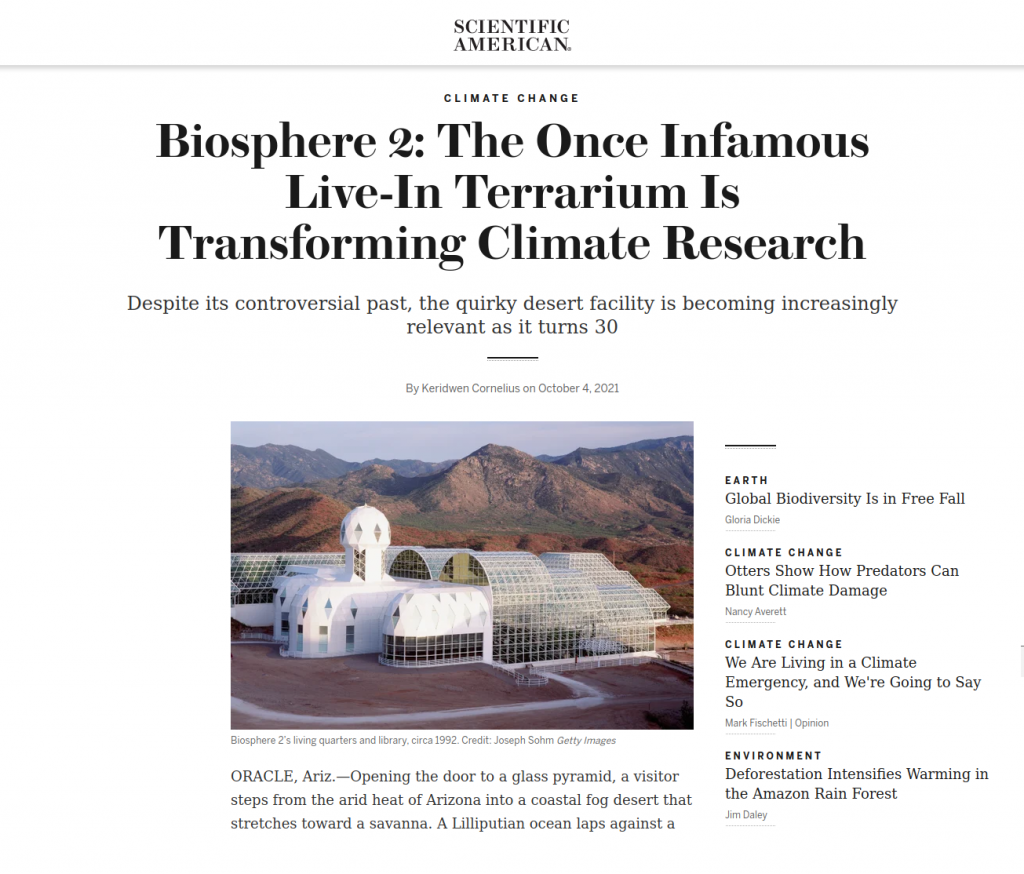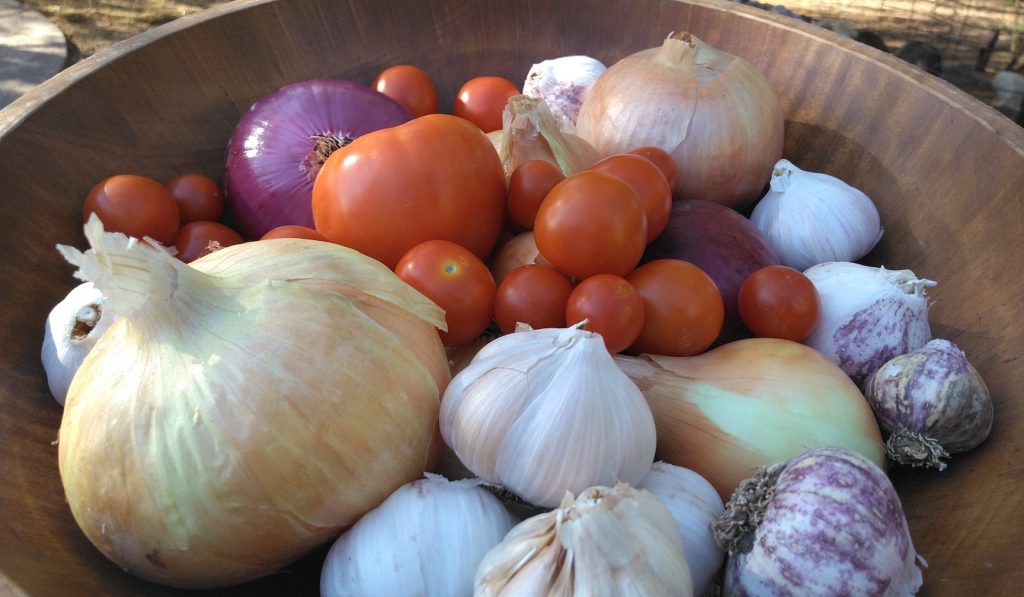65 buttons
My 2019 Subaru Crosstrek is in the shop, my request that the tech attempt to learn why my milage dropped from 31-32 to 27-28 following a clearly bad tank of gas following a climbing trip to Joshua Tree, and five tanks of gas later, no recovery. My guess is a clogged fuel filter or char’d spark plugs. While I await a verdict the dealer provided me with a loaner, a recent model Subaru Ascent. This was Subaru’s questionable answer to a larger passenger vehicle. On the drive from Biosphere 2 back to my home, which I do most every weekend, I found myself frustrated beyond exhaustion by the constant barrage of lights and sounds, warnings for my coming too close to the paint on the sides of the lane, warnings for cars I am passing and cars passing me, and an on-dash animation that shows me how far I am from the car in front of me. I counted 65 illuminated buttons and dials accessible from the driver side of the vehicle. This is more than a Cesna 172 aircraft and likely comparable to a fighter jet in the US Air Force.
The goal of the National Highway Traffic Safety Administration (NHTSA) is valid. They want to reduce accidents year after year, and eventually bring fatalities to zero. But what doesn’t makes sense is the means by which each automobile manufacturer is allowed to implement new features with almost no consideration for human factors and the human-machine interface.
Given my BSc in Industrial Design I am keenly aware of humans factors that work, and human factors that fail miserably. The transition to LCD screens is in and of itself a tremendous contradiction in safety as the lack of tactile feedback to the driver’s fingers means that every single time the interface is addressed it demands that the driver take his or her eyes from the road to the screen. Where with physical buttons and knobs the driver quickly, usually within just a few attempts develops muscle memory for the function, position, and resistance required to actuate the button.
What’s worse, automobile manufacturers are appealing to new buyers with the same marketing strategy as those employed to sell laptops, tablets, and cell phones — bigger screen is better. But to fit 65 physical buttons into a single dash, not including the function of the LCD screen does not make sense. What’s more, the animation showing my distance from the car in front of me is drawing my attention away from the road which is the only place my eyes should be observing. I realized I was putting myself in danger for the attempts to configure the dashboard display settings to reduce the stimuli, and pulled over to work through the myriad options.
We are not suppose to look at our cell phones while driving. That makes sense. But the automobile manufacturers distract us with far more engaging graphics and information in the name of safety, then automate driving to compensate for our lack of attention behind the wheel. While these safety features are likely reducing some types of automobile accidents and automobile/pedestrian strikes, How many automobile accidents are now the result of in-dash infotainment systems?
Finally, how much of the driving experience is diminished by the constant chatter of the computer system? Do we become better drivers, or just tune-out the noise while feeling safer at the wheel? Are we in fact encouraged to be engaged in non-driving functions such as conversations, food, calls, even watching movies while driving?
According to the NHTSA 2020 report, “The U.S. Department of Transportation’s National Highway Traffic Safety Administration released its 2020 annual traffic crash data, showing that 38,824 lives were lost in traffic crashes nationwide. That number marks the highest number of fatalities since 2007. The estimated number of police-reported crashes in 2020 decreased by 22% as compared to 2019, and the estimated number of people injured declined by 17%. While the number of crashes and traffic injuries declined overall, fatal crashes increased by 6.8%. The fatality rate per 100 million vehicle miles traveled increased to 1.34, a 21% increase from 2019 and the highest since 2007.
“The 2020 crash data report also examines fatality data in key categories, as compared to 2019:
– Injured people, including occupants and nonoccupants, down significantly in most categories
– Estimated number of police-reported crashes in 2020 decreased by 22%
– Fatalities in speeding-related crashes up 17%
– Fatalities in alcohol-impaired driving crashes up 14%
– Unrestrained passenger vehicle occupant fatalities up 14%
– Motorcyclist fatalities up 11% (highest number since first data collection in 1975)
– Bicyclist fatalities up 9.2% (highest number since 1987)
– Passenger car occupant fatalities up 9%
– Fatalities in urban areas up 8.5%
– Pedestrian fatalities up 3.9% (highest number since 1989)
– Fatalities in hit-and-run crashes up 26%
– Fatalities in large-truck crashes down 1.3%
In 45% of fatal crashes, the drivers of passenger vehicles were engaged in at least one of the following risky behaviors: speeding, alcohol impairment, or not wearing a seat belt.” It seems that in the end, it remains human recklessness and speed. As I learned more than two decades ago from a mechanic in Fort Collins who retrofit passenger cars for the race track, “If Detroit installed a roll cage in every car, we’d walk away from nearly every crash, unscathed.”


